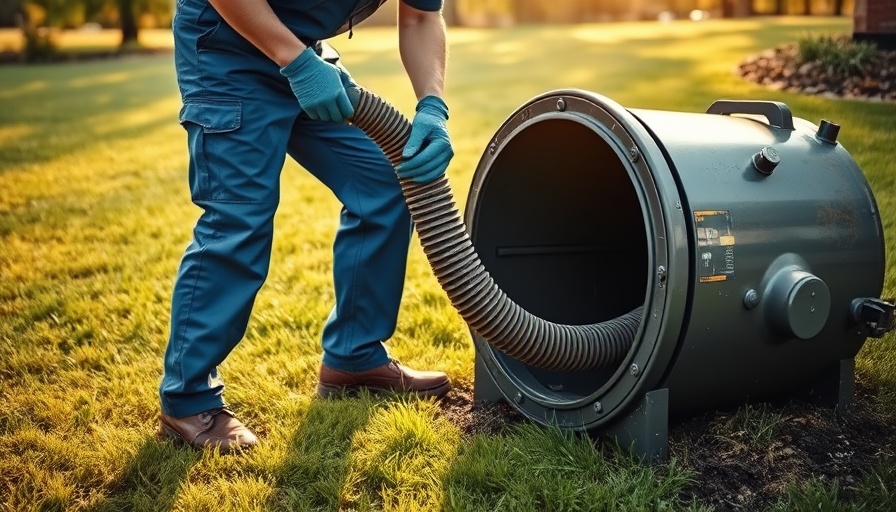
Pumping Your Septic Tank: A Homeowner's Responsibility
If you own a home with a conventional septic system, the question that looms is: how often should you pump your septic tank? Regular maintenance is one of those household chores that many homeowners put off—until it’s too late. Ignoring this essential task can lead to unpleasant odors and costly repairs, making prompt action paramount.
Understanding the General Guidelines
According to the Environmental Protection Agency (EPA), most households should pump their septic tanks every 3 to 5 years. However, various factors influence this timeline:
- Household Size: Larger families generate more wastewater.
- Tank Size: Smaller tanks fill up quicker.
- Water Usage: Excessive water consumption from long showers and frequent laundry can strain your system.
- Garbage Disposal: Overusing it can lead to higher solids entering your tank.
- Age and Design: Older systems may not handle modern usage levels efficiently.
Risks of Skipping Regular Maintenance
Neglecting to pump your septic tank can escalate issues significantly. Common problems include:
- Waste backup into your home
- Drain field overflow
- Tank damage leading to expensive repairs
- Environmental hazards from groundwater contamination
Signs You Need to Pump
Look out for crucial warning signs indicating that it’s time for a pump-out:
- Slow drains
- Gurgling pipes
- Bad odors outdoors
- Puddles or overgrown grass in the drain field area
If the sludge level in your tank is nearing the top, it’s time to contact a professional.
Call to Action: Maintaining Your Home’s Value
A well-maintained septic system fortifies your home’s overall health and value. Knowing when to pump your tank can save you from back-breaking expenses down the road. Keep your home in tip-top shape and avoid emergencies that could cost you significantly in repairs. Consider reaching out to local septic professionals to schedule an inspection today.
 Add Row
Add Row  Add
Add 




Write A Comment